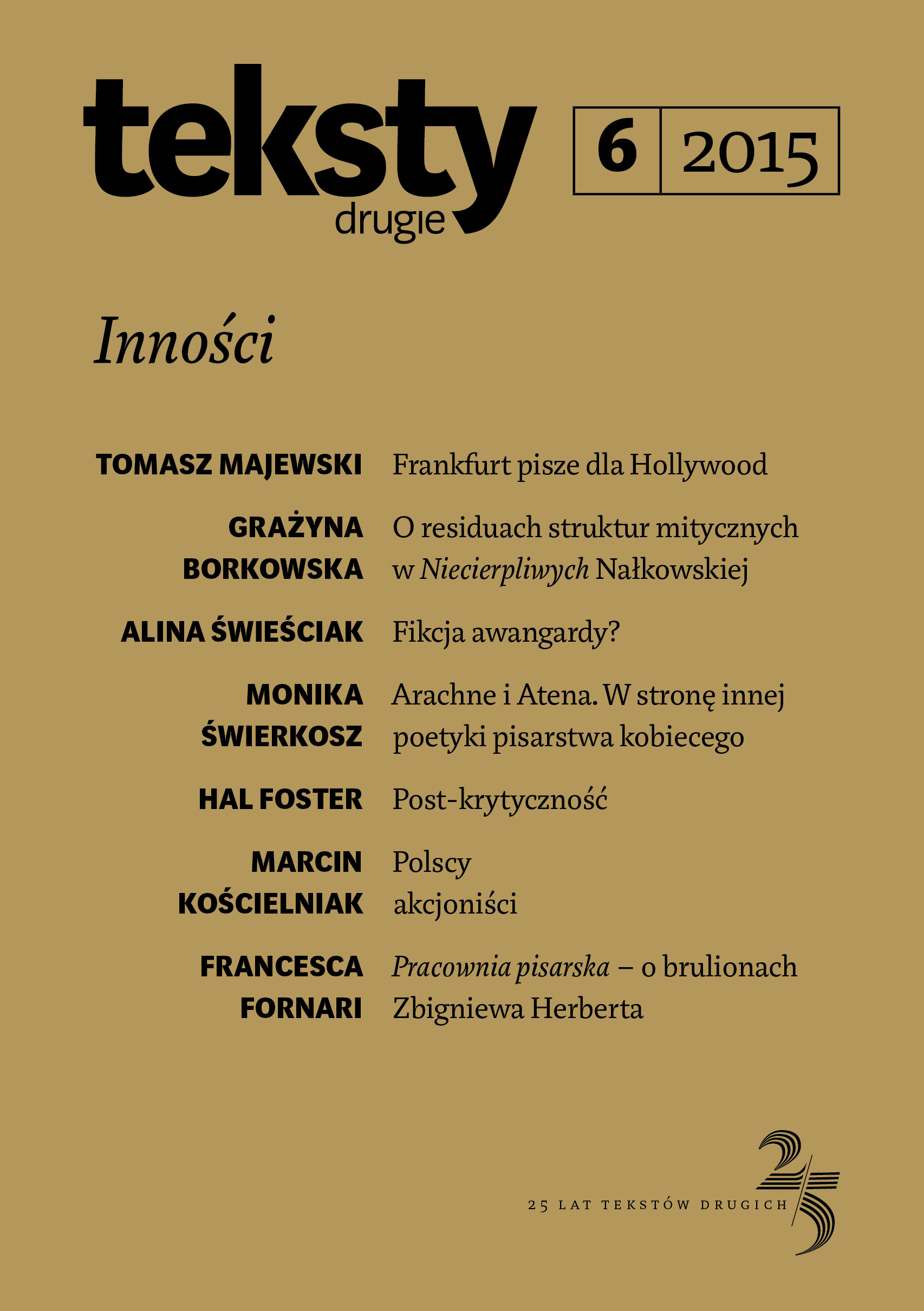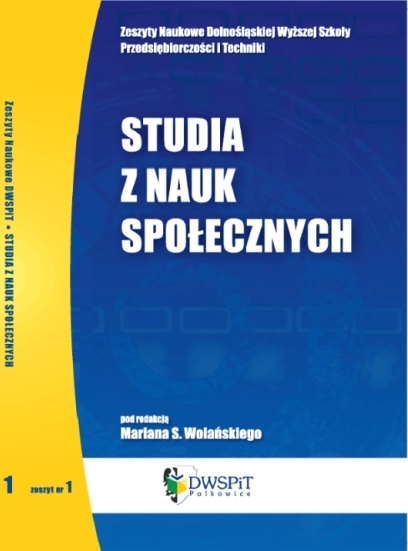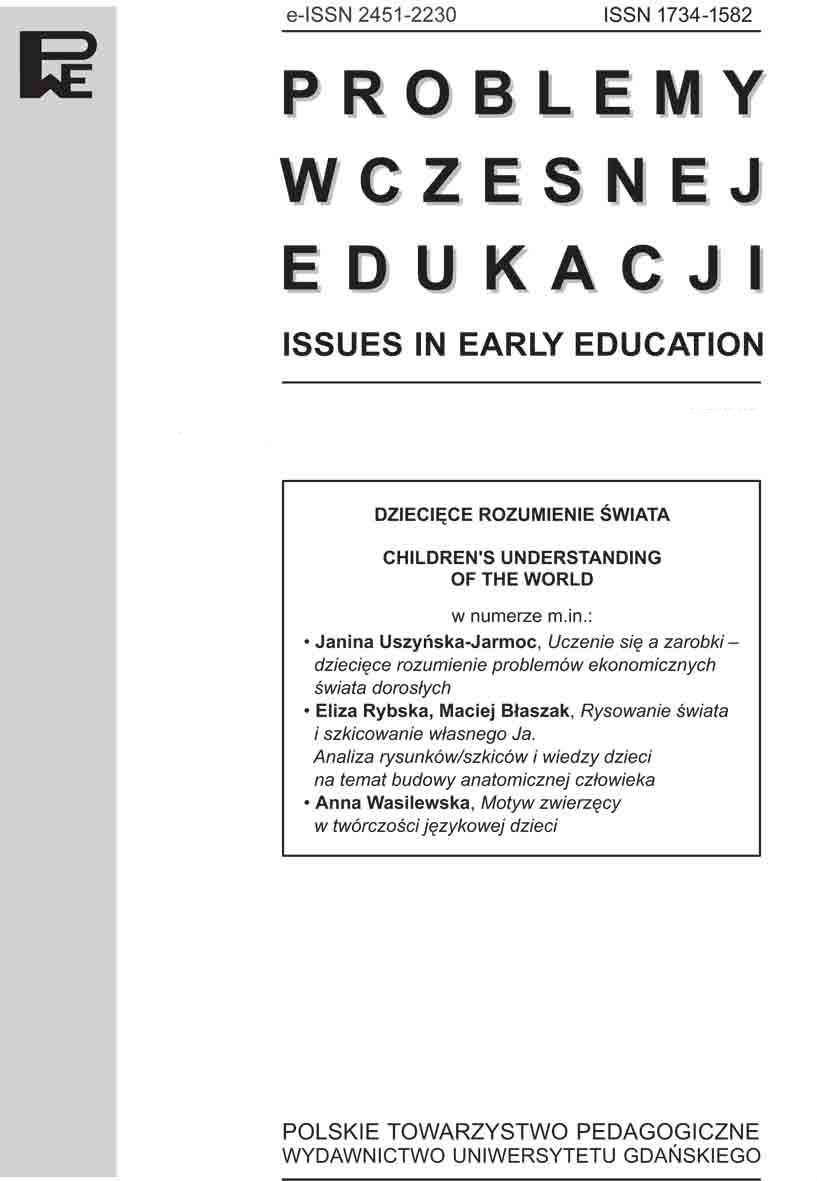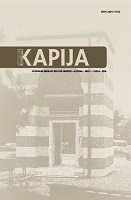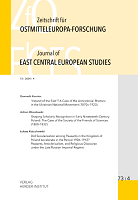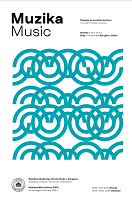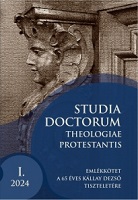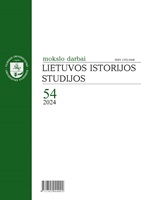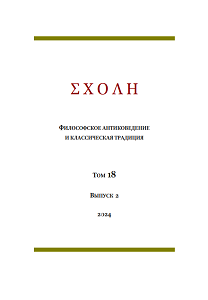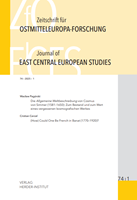
Norman Manea – Personal History as a Premise for Fiction. The Holocaust, Communism, Exile as Collective Drama Sublimated through Writing
When Norman Manea left Romania for Germany in 1986, he was already an established Romanian writer. Two years later he immigrated to the United States of America and ever since he has published ten more volumes. He is currently living in New York, teaching literature at Bard College.Manea’s fiction and non-fiction books published in the United States relate closely to the concepts of history, memory and totalitarianism. The year 1986 was a turning point in his writing. Whereas America gave him the chance to reach a new fiction level, his biography became a crucial source of inspiration for his work.His whole literary trajectory during his exile represents a process of memory incitement, of self-discovery at different ages; by narrating himself, the author bears witness to the violence and destruction caused by both forms of totalitarianism – Nazism and Communism. Using language as an ally to anamnesis, Norman Manea descends into his own past and rediscovers his identity. His memories represent the raw material for a literature that brings together stories of three fundamental experiences: Nazism (with its dehumanizing corollary, the Holocaust), communism (with the White Clown’s perverse pleasure in “order and discipline”) and exile, with language displacement.
More...
